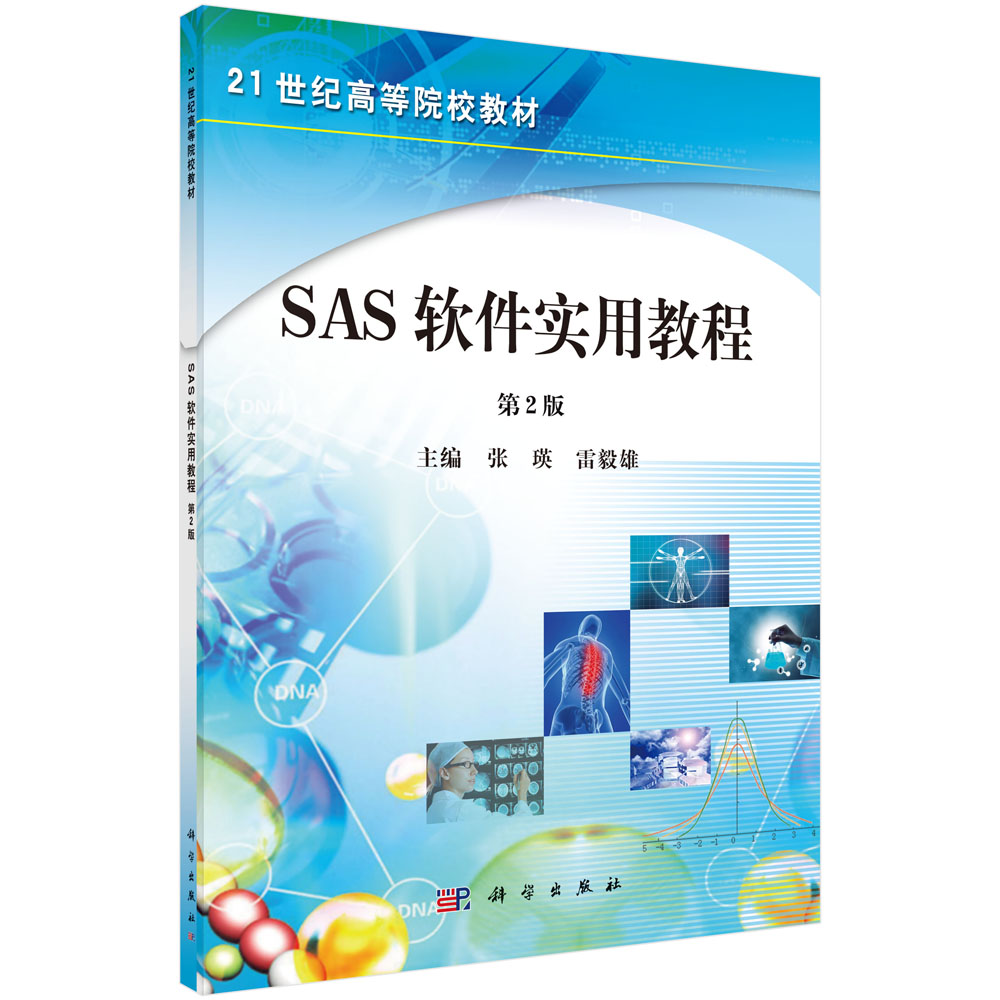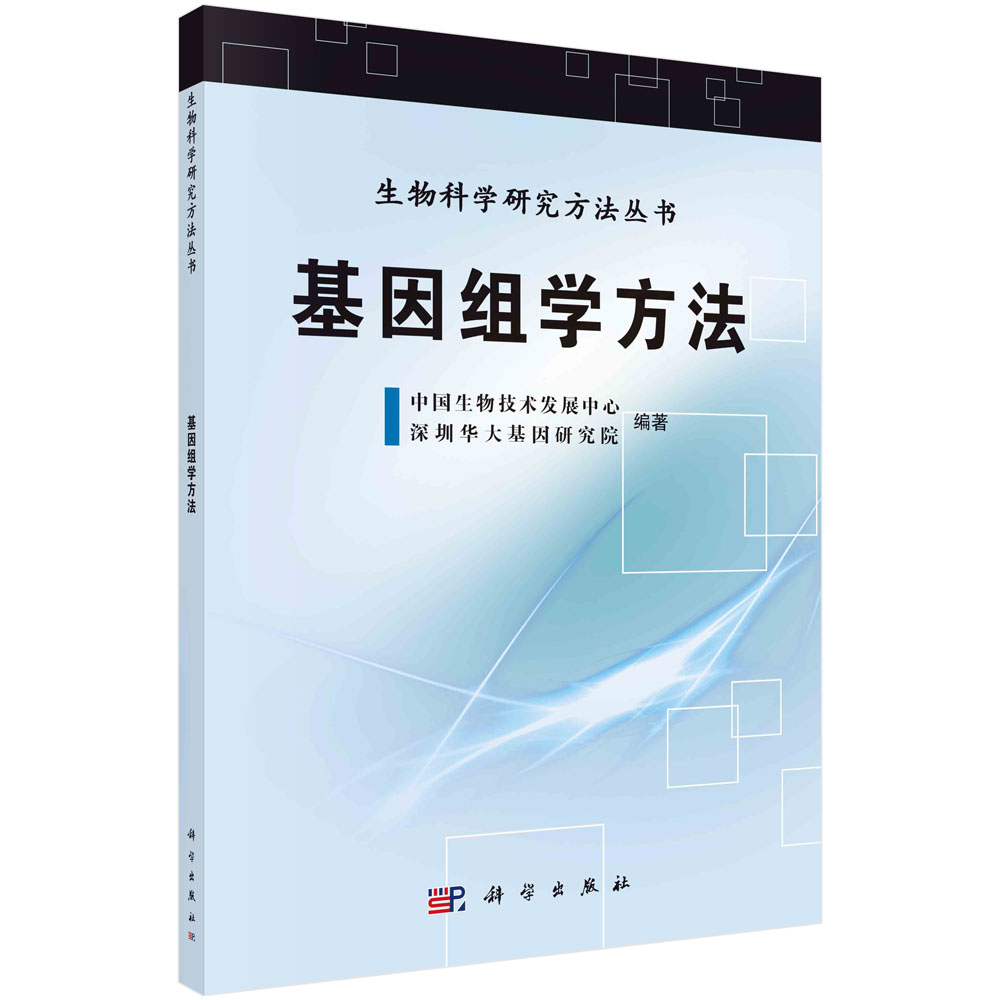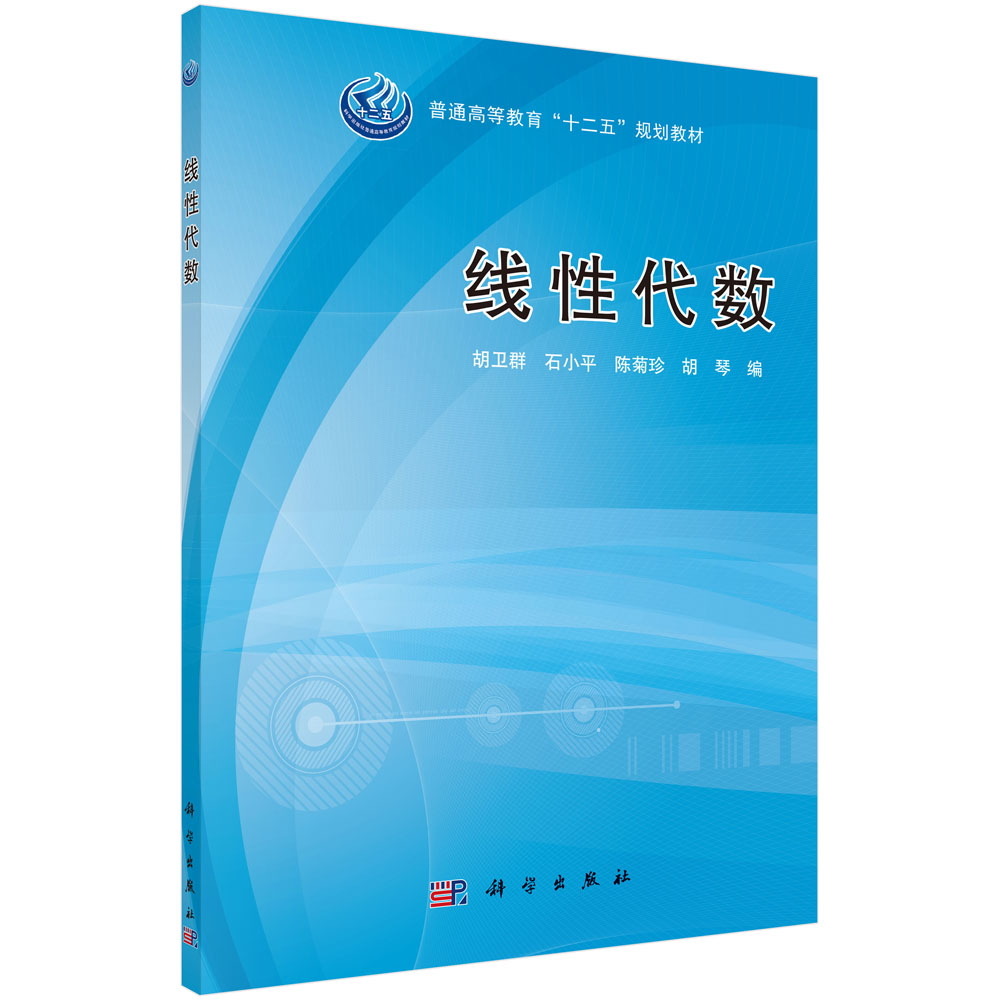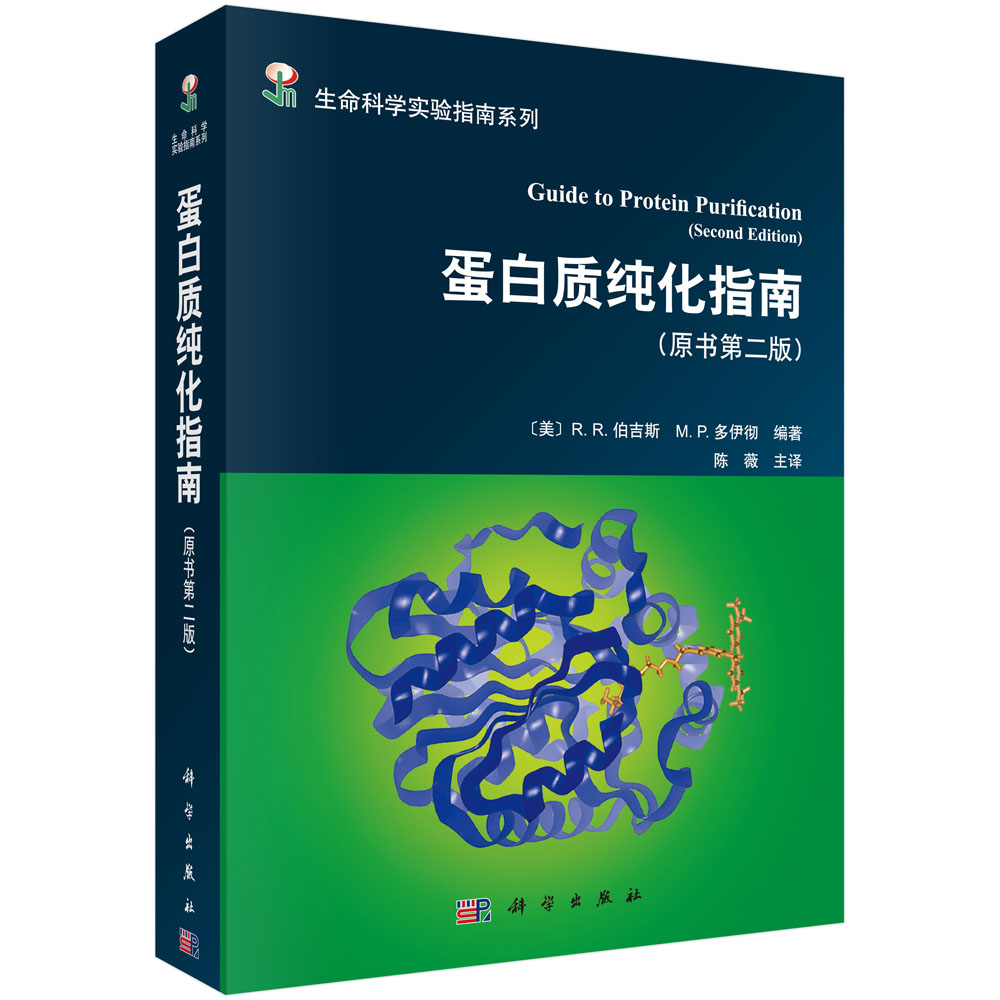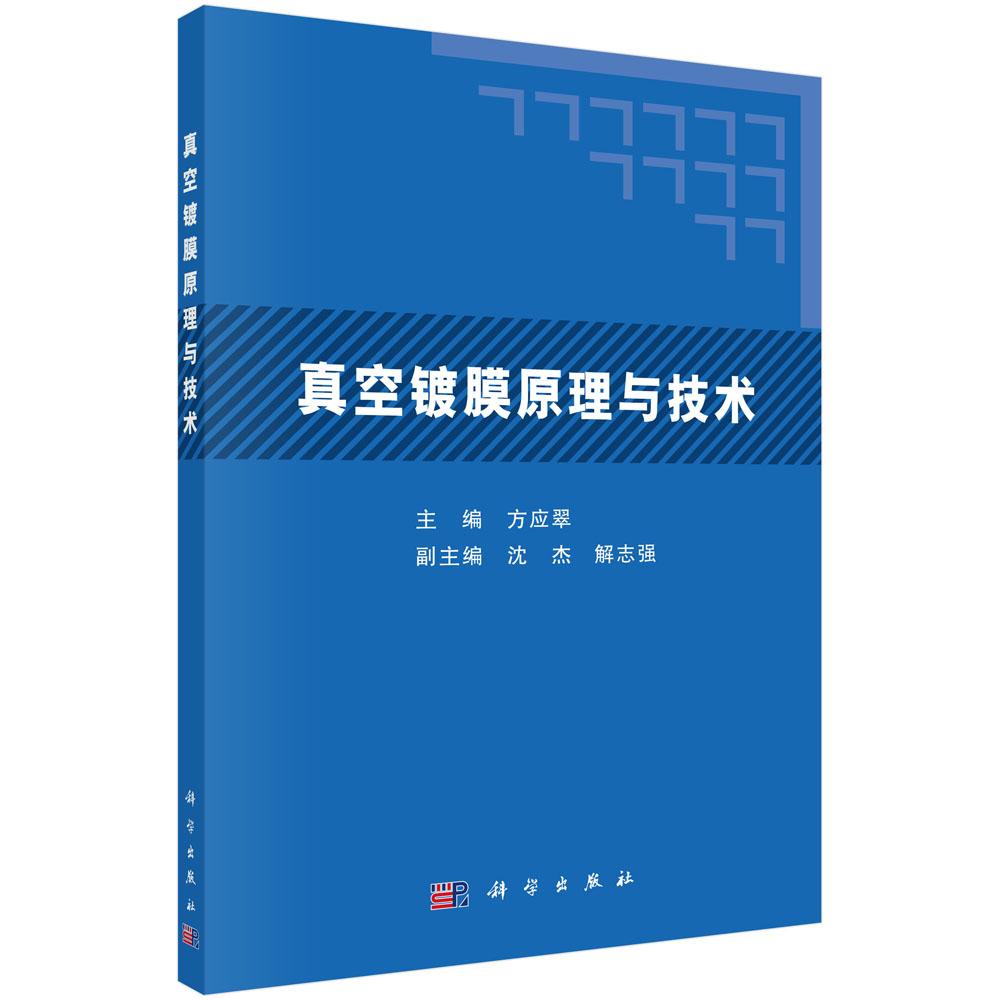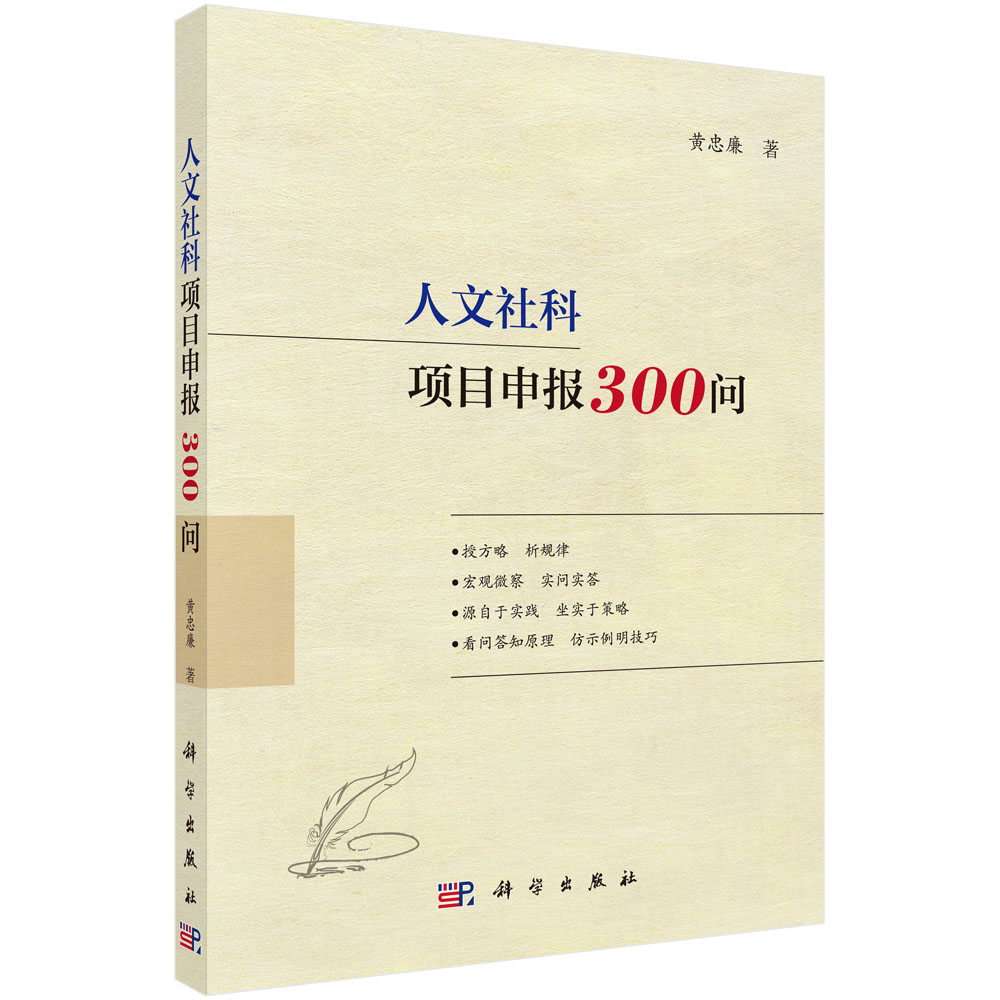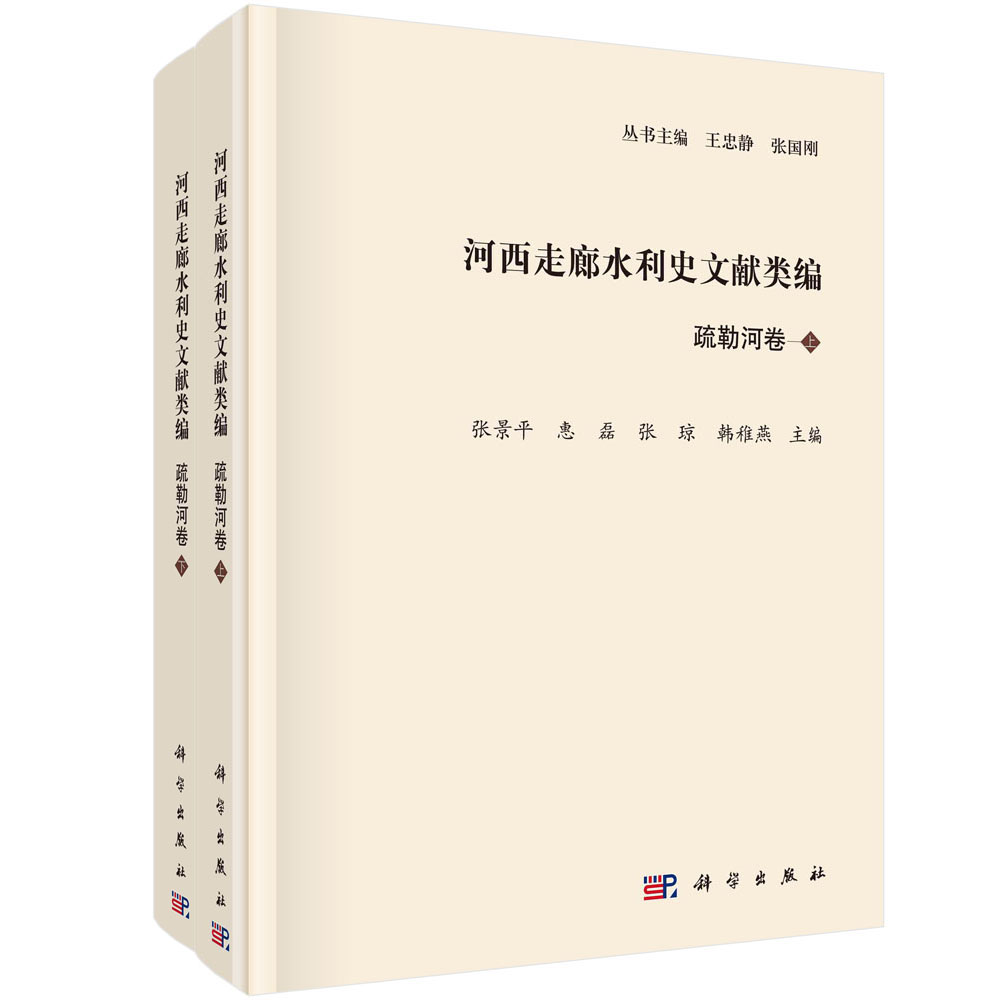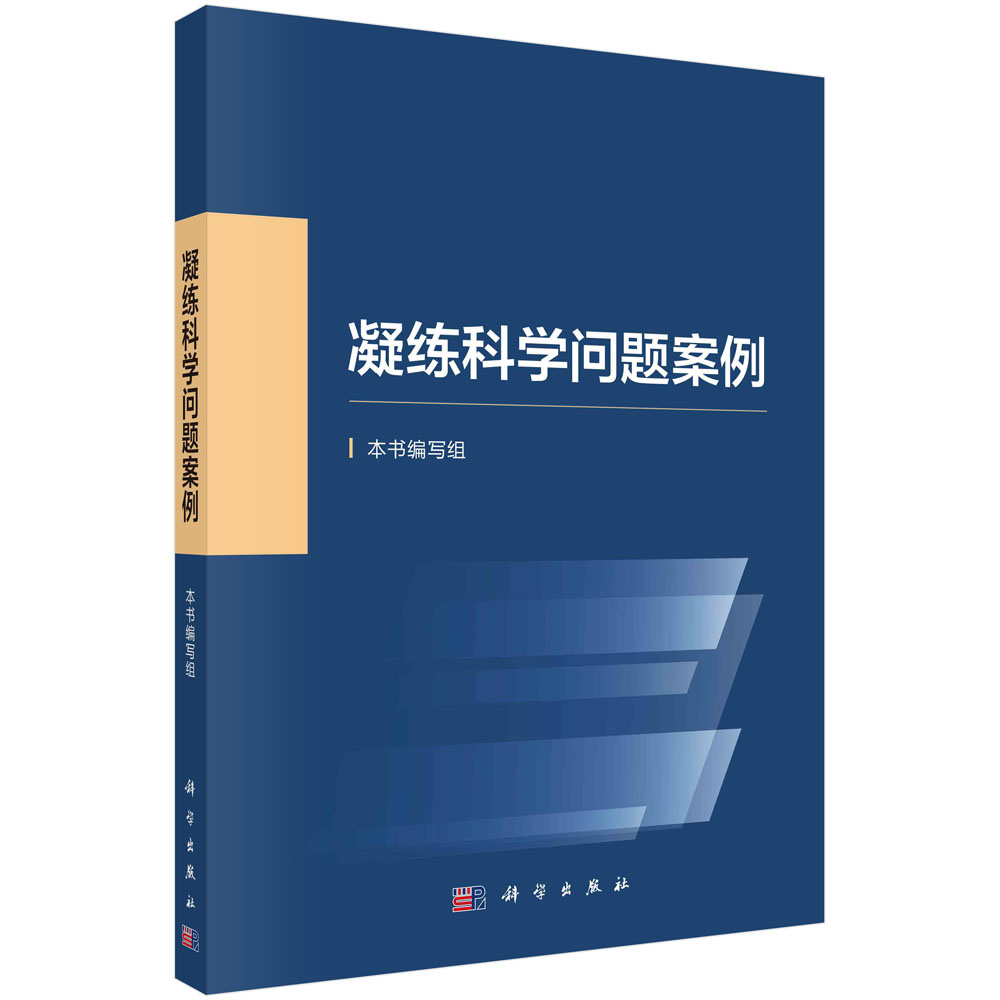数学物理反问题(也包括地球科学反演)已成为应用数学发展和成长最快的领域之一.基于模型驱动的传统科学和基于大数据分析的人工智能领域,都要求求解反问题.该书把地球科学反演问题高度概括,以第一类算子方程作为基本问题描述的出发点,系统开展反问题的基本理论、重要方法和应用研究描述.该书涵盖了反演领域的大部分知识点,包括反问题的不适定性、空间与算子、变分理论、求解反问题的正则化与最优化方法、统计推理、人工智能反问题求解以及地学应用.该书事例丰富,论述严谨,逻辑严密,体现了与数学物理、地学以及其他应用领域的交叉.
样章试读
目录
- 目录
《运筹与管理科学丛书》序
序
前言
主要知识点
第1章 绪论 1
1.1 引言 1
1.2 模型驱动的反问题 2
1.2.1 地球物理中的反问题 2
1.2.2 同步辐射X射线CT成像 10
1.2.3 气溶胶粒子谱分布问题 11
1.2.4 中子散射反问题 12
1.3 数据驱动的反问题 14
1.3.1 小尺度地质异常体识别 15
1.3.2 沉积微相检测与可视化 15
1.3.3 页岩微纳米孔隙成像 16
1.3.4 大数据地质填图 17
1.3.5 大数据分析的几个基本点 18
1.4 分数阶反问题及应用 20
1.5 非齐次线性系统 22
1.6 反问题的第一类算子方程表达 23
1.7 本书结构 23
第2章 积分方程 25
2.1 引言 25
2.2 度量空间、赋范空间和欧几里得空间 27
思考题 31
2.3 线性算子理论要素 32
思考题 39
2.4 全连续自伴算子特征值的存在性 40
2.5 全连续自伴算子特征值和特征向量序列的构造 43
思考题 46
2.6 对称连续核弗雷德霍姆积分算子的特征数和特征函数 47
思考题 52
2.7 希尔伯特–施密特定理 53
2.8 带对称连续核的第二类弗雷德霍姆非齐次方程 55
思考题 58
2.9 压缩映射原理:不动点定理 59
2.10 带“小参数 λ”的第二类弗雷德霍姆方程 61
2.11 第二类沃尔特雷线性方程 64
思考题 66
2.12 带退化核的第二类弗雷德霍姆方程 67
2.13 带任意连续核的第二类弗雷德霍姆方程:弗雷德霍姆定理 72
思考题 74
2.14 施图姆–刘维尔问题 75
思考题 82
第3章 变分法 84
3.1 引言 84
3.2 泛函变分的概念 84
3.3 固定端点问题:极值的必要条件 86
思考题 93
3.4 条件极值问题 94
思考题 100
3.5 带移动边界的问题 101
思考题 106
3.6 端点问题极值的充分条件 106
思考题 110
第4章 不适定问题的正则化解法 112
4.1 不适定问题示例:第一类弗雷德霍姆积分方程 112
4.2 吉洪诺夫正则化方法 114
4.3 正则化方法的基本思想 122
思考题 123
第5章 求解不适定问题的最优化方法 124
5.1 离散不适定问题 124
5.1.1 积分方程离散化的数值积分法 124
5.1.2 积分方程离散化的插值法 125
5.1.3 投影正则化 126
5.2 梯度法 130
5.2.1 l2.lq 极小化问题的梯度法 133
5.2.2 随机梯度法 134
5.3 拟牛顿法 139
5.4 子空间信赖域方法 142
5.4.1 信赖域法的一般形式 143
5.4.2 非负约束子空间信赖域法 145
5.4.3 范数约束子空间信赖域法 153
5.4.4 矩阵优化算法简介 156
思考题 158
第6章 统计反演策略 159
6.1 引言 159
6.2 先验分布 160
6.2.1 高斯分布 161
6.2.2 柯西分布 161
6.2.3 其他分布 162
6.2.4 粒子滤波 162
6.2.5 扩展卡尔曼滤波 165
6.3 贝叶斯反演框架 166
6.4 与吉洪诺夫反演框架的等价性 168
第7章 典型实例 170
7.1 位场问题 170
7.1.1 磁位场正问题 170
7.1.2 反问题的吉洪诺夫正则化 173
7.1.3 一个数值算法 173
7.1.4 计算结果 174
7.2 纳米尺度 X 射线成像 175
7.2.1 正问题 176
7.2.2 反问题 178
7.2.3 一个数值算法 178
7.2.4 计算结果 179
7.3 人工智能辅助地震成像 181
7.3.1 全波形反演概述 181
7.3.2 神经网络概述 182
7.3.3 基于DNN的模型重参数化及反演方法 183
7.3.4 计算结果 185
参考文献 190
彩图
Contents
Foreword
Preface
Key Points
Chapter 1 General Introduction 1
1.1 Introduction 1
1.2 Model-driven Inverse Problems 2
1.2.1 Inverse Problems in Geophysics 2
1.2.2 Synchrotron Radiation X-ray CT Imaing 10
1.2.3 Spectrum of Aerosol Particle Size Distribution 11
1.2.4 Neutron Scattering 12
1.3 Data-driven Inverse Problems 14
1.3.1 Identification of Small-scale Geological Anomalies 15
1.3.2 Detection and Visualization of Sedimentary Microfacies 15
1.3.3 Micro-nano Scale Shale Imaging 16
1.3.4 Big Data Geological Mapping 17
1.3.5 Basics of Big Data Analysis 18
1.4 Fractional-order Inverse Problems 20
1.5 Nonhomogeneous Linear System 22
1.6 Inverse Problems and Operator Equations of the First Kind 23
1.7 Outlines 23
Chapter 2 Integral Equations 25
2.1 Introduction 25
2.2 Metric, Normed and Euclidean Spaces 27
Exam questions 31
2.3 Elements of the Theory of Linear Operators 32
Exam questions 39
2.4 The Existence of an Eigenvalue of a Completely Continuous Self-adjoint Operator 40
2.5 Construction of a Sequence of Eigenvalues and Eigenvectors of a Completely Continuous Self-adjoint Operator 43
Exam questions 46
2.6 Characteristic Numbers and Eigenfunctions of the Fredholm Operator with a Symmetric Continuous Kernel 47
Exam questions 52
2.7 Hilbert-Schmidt Theorem 53
2.8 The Inhomogeneous Fredholm Equation of the 2nd Kind with a Symmetric Continuous Kernel 55
Exam questions 58
2.9 The Principle of Compressive Mappings: Fixed Point Theorem 59
2.10 Inhomogeneous Fredholm Equation of the 2nd Kind with “Small Parameter λ” 61
2.11 Linear Volterra Equation of the 2nd Kind 64
Exam questions 66
2.12 Fredholm Equations of the 2nd Kind with Degenerate Kernels 67
2.13 Fredholm Equation of the 2nd Kind with an Arbitrary Continuous Kernel: Fredholm Theorems 72
Exam questions 74
2.14 The Sturm-Liouville Problem 75
Exam questions 82
Chapter 3 The Calculus of Variations 84
3.1 Introduction 84
3.2 The Concept of Functional Variation 84
3.3 The Task with Fixed Ends: a Necessary Condition for Extremum 86
Exam questions 93
3.4 Tasks for Conditional Extremum 94
Exam questions 100
3.5 Tasks with a Moving Border 101
Exam questions 106
3.6 Sufficient Conditions for an Extremum in a Problem with Fixed Ends 106
Exam questions 110
Chapter 4 Regularization Methods for Ill-posed Problems 112
4.1 The Fredholm Integral Equation of the First Kind as an Example of an Ill-posed Problem 112
4.2 Tikhonov Regularization Method 114
4.3 Concepts of Regularization Methods for Solving Ill-posed Problems 122
Exam questions 123
Chapter 5 Optimization Methods for Incorrectly Posed Problems 124
5.1 Discrete Ill-posed Problems 124
5.1.1 Numerical Integral Methods for Discretization of Integral Equations 124
5.1.2 Interpolation Methods for Discretization of Integral Equations 125
5.1.3 Projection Regularization 126
5.2 Gradient Methods 130
5.2.1 Gradient Methods for Minimization 133
5.2.2 Stochastic Gradient Methods 134
5.3 Quasi-Newton Methods 139
5.4 Subspace Trust Region Method 142
5.4.1 Trust Region Method 143
5.4.2 Nonnegative Constrained Subspace Trust Region Method 145
5.4.3 l1-Norm Constrained Subspace Trust Region Method 153
5.4.4 Matrix Optimization 156
Exam questions 158
Chapter 6 Statistical Inversion 159
6.1 Introduction 159
6.2 Prior Distributions 160
6.2.1 Gaussian Distribution 161
6.2.2 Cauchy Distribution 161
6.2.3 Other Distributions 162
6.2.4 Particle Filtering 162
6.2.5 Extended Kalman Filtering 165
6.3 Inversion under Bayesian Inference 166
6.4 Relation with Tikhonov Regularization 168
Chapter 7 Typical Examples in Geoscience 170
7.1 Potential Problems 170
7.1.1 Potential Forward Problems 170
7.1.2 Tikhonov Regularization for Potential Inverse Problems 173
7.1.3 Numerical Solutions 173
7.1.4 Results 174
7.2 X-ray Imaging in Nano-scale 175
7.2.1 Forward Problem 176
7.2.2 Inverse Problem 178
7.2.3 Numerical Solutions 178
7.2.4 Results 179
7.3 Artifical Intelligence Aided Seismic Imaging 181
7.3.1 Full Waveform Inversion 181
7.3.2 Neural Networks 182
7.3.3 DNN-based Reprameterization and Inversion 183
7.3.4 Results 185
Main References 190
Colour Pictures
